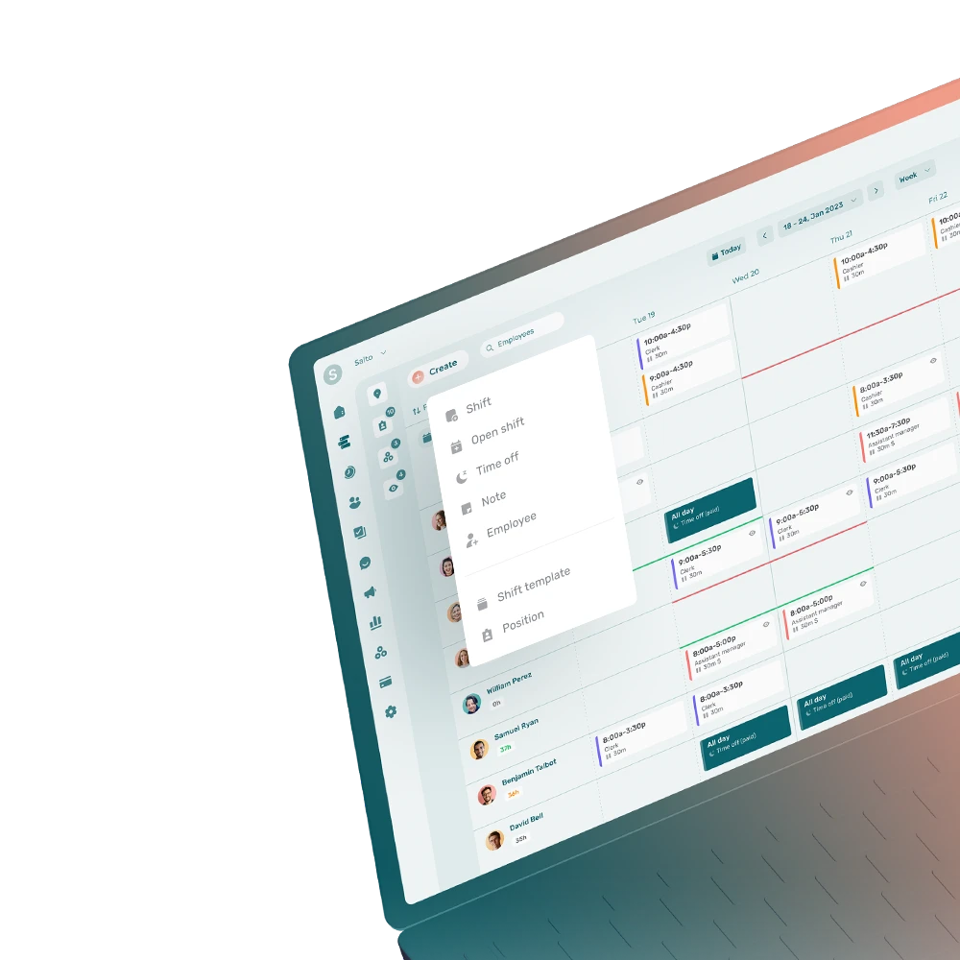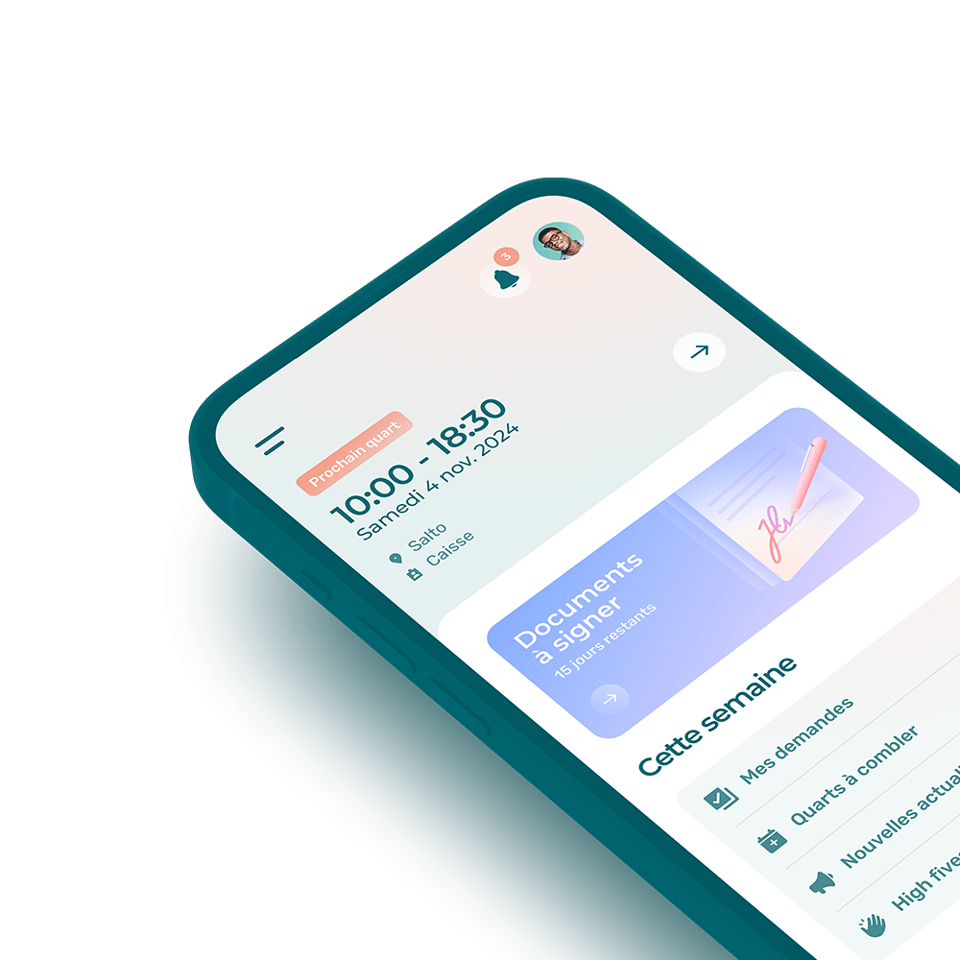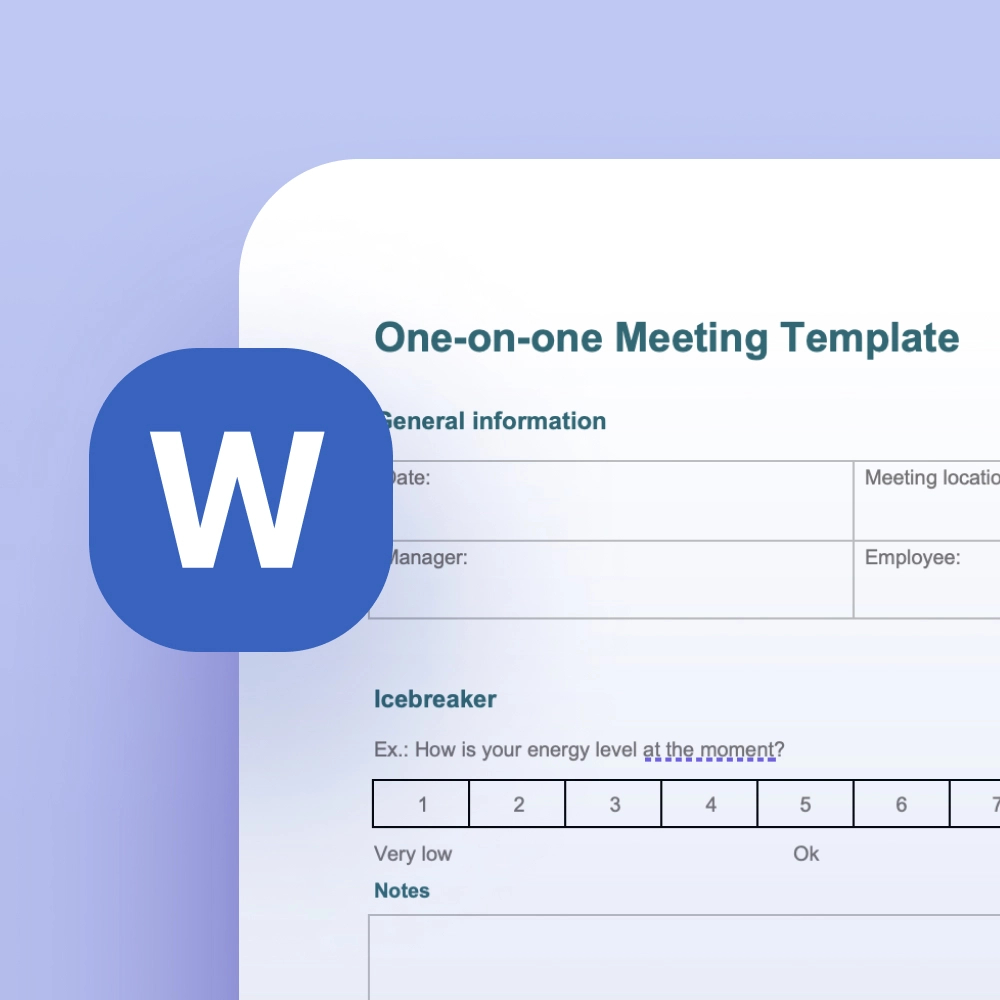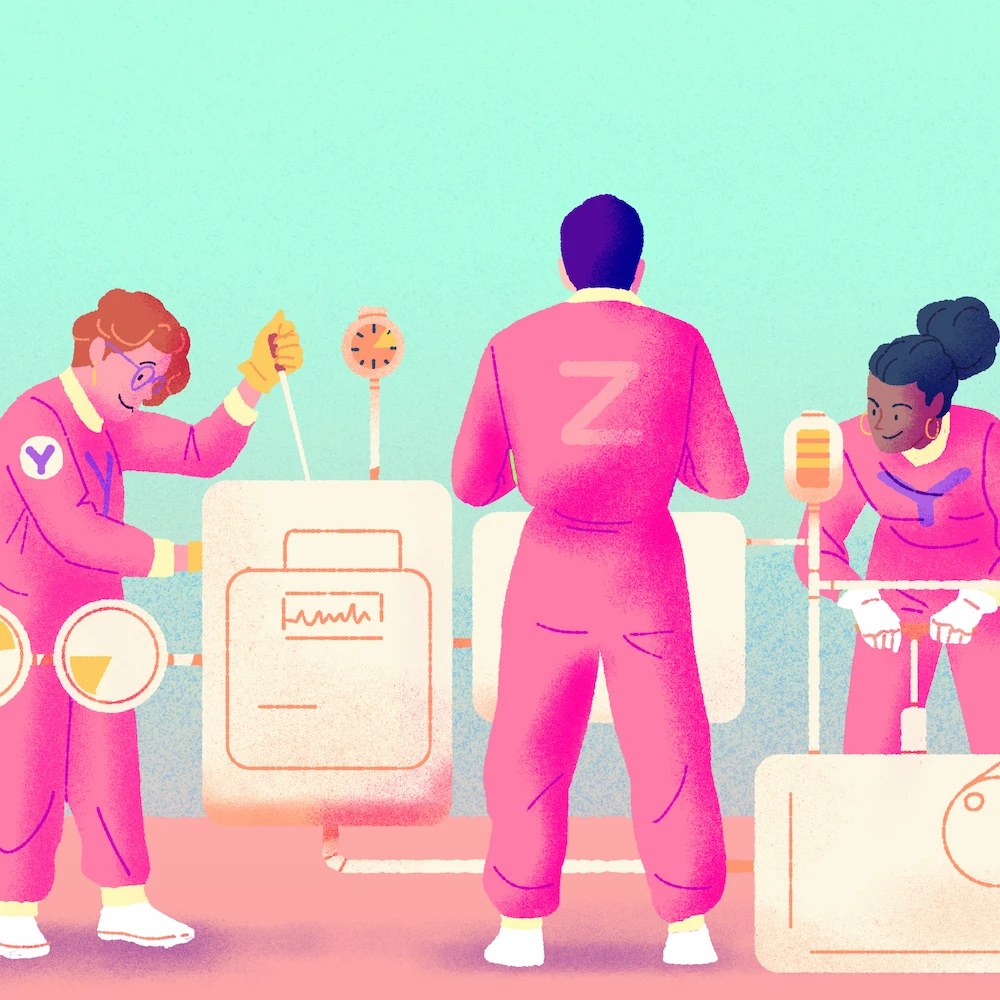A one-on-one or 1:1 is a periodic meeting between a manager and an employee to discuss various work-related matters.
Why Hold a One-on-One Meeting?
One-on-one meetings give managers the opportunity to better understand the employee experience at their organization. These meetings are an occasion to check in on employees, discuss career opportunities and professional development, evaluate performance, and manage conflicts.
Regular in-person 1:1 meetings are typically held to:
- Review current projects and priorities
- Determine and evaluate performance goals
- Give and receive feedback
- Identify potential issues, challenges or conflicts
- Reiterate the company’s mission and vision
- Motivate employees
- Talk about well-being at work and working conditions
- Better get to know individuals and their needs
- Plan vacations and confirm availability
- Evaluate employees’ satisfaction with their respective positions
- Discuss career plans
What Are the Advantages of One-on-Ones?
There are many benefits to one-on-one meetings, for both managers and employees.
Benefits of 1:1 meetings for managers:
- Developing coaching and leadership skills
- Improving active listening and team support
- Driving greater engagement and retention
Benefits of one-to-one meetings for employees:
- Improved performance and productivity
- Heightened job satisfaction and sense of belonging
- Clear contribution to the team’s objectives
Company-wide benefits of one-on-one meetings:
- Developing and nurturing relationships of trust
- Creating a healthy, safe and respectful work environment
- Sharing information fairly and consistently
How Often Should I Do One-on-Ones?
The frequency of one-on-one meetings will vary depending on an organization’s processes and the needs of its employees. However, establishing a pace and frequency in advance helps with preparation and with making sure you won’t forget these individual meetings. It’s common to schedule one-to-ones on a weekly or monthly basis.
How to Structure a One-on-One Meeting?
Having some structure will help guide discussions in a one-on-one meeting. A flexible agenda will include time for informal conversation and going over how everyone is doing, in addition to reviewing performance objectives, current challenges or irritants, etc. Both the manager and the employee must actively participate in the discussion and keep an open mind.
There are many one-on-one meeting templates available for free download.










